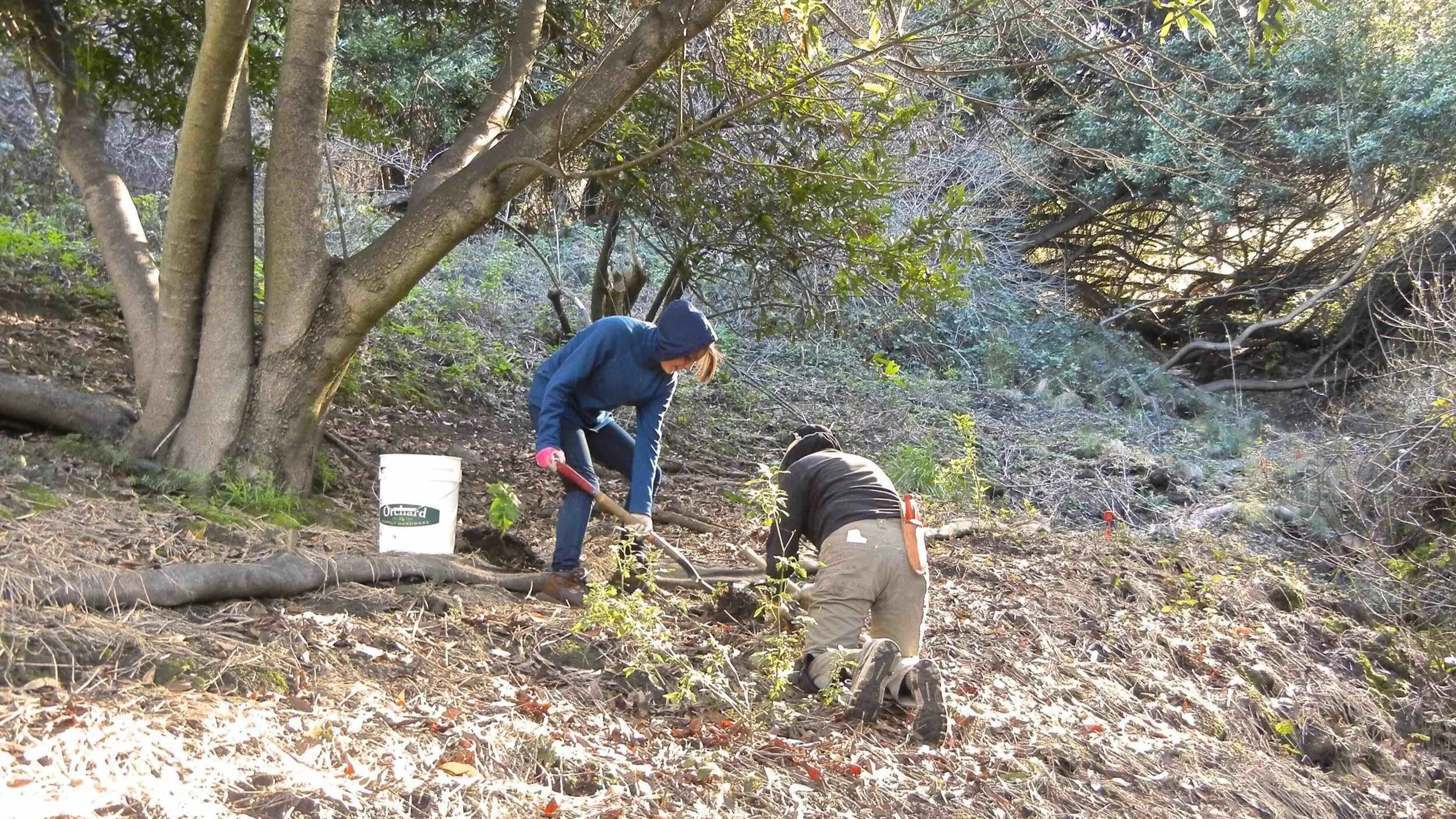On November 20, 2019, UC Berkeley issued a Notice of Preparation (NOP) of an Environmental Impact Report (EIR) for its Hill Campus Wildland Fuel Management Plan. The following response by UC Professor Emeritus Joe McBride was submitted to the planners, along with oral comments given at a December 2 scoping meeting:
Response to UC Berkeley Hill Campus Management Plan – Joe McBride – Nov. 25, 2019
… Vegetation management treatments are proposed (e.g., defensible space; shaded fuel breaks; roadside fuel breaks) without providing the details of these treatments. It is suggested that ‘five types of vegetation treatment activities are proposed for implementation, but no specific details are given as to how decisions will be made in the three vegetation treatment types to select one or more of the vegetation treatment activities. More specificity is needed to access the environmental impacts and the potential effectiveness of the vegetation treatment activities.





